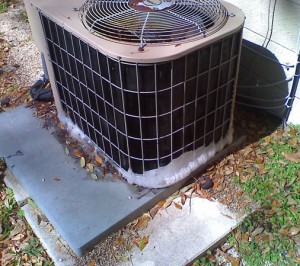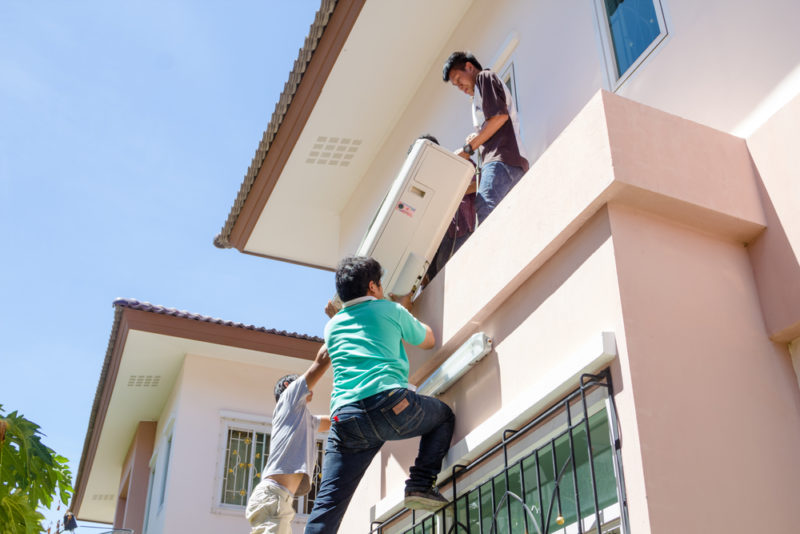
Expertly Curious
It’s right there on the thermostat, so it has to be important, but do you really understand the Emergency Heat setting? It has something to do with the heat pump outside, and you wish you’d asked about it when the unit enjoyed it’s annual tune-up. Before you turn the setting on out of curiosity, it’s a good idea to understand what it is, when you need it and what happens when you flip that switch.
Emergency Heat, What Is It?
Your heat pump is designed to operate efficiently within a broad range of winter temperatures as it pulls heat from the outside air to warm the house. When bitterly cold conditions don’t give it much to work with, the system automatically switches into Auxiliary Mode and kicks in a supplemental heat source. Depending on your home, this might be electric or gas, but it’s a backup mechanism that keeps the family warm until the heat pump can do its job again. The Emergency Heat setting bypasses this arrangement and fires up your supplemental heat with one switch. It’s important to note the word “emergency” in this equation, because turning it on shuts down the heat pump. It’s not a setting to turn on just because your feet are a little chilly.
When Do I Need to Use It?
The good news is you’ll rarely need to use the Emergency Heat setting. Like it’s name implies, this mode is intended for worst-case scenarios. The bad news is that scenario means your heat pump isn’t working. However, it’s easy to jump to the wrong conclusions about your unit’s performance during the winter. You might assume that there’s a problem because it seems to run constantly. This is normal, and the heat pump’s design allows it to run efficiently for extended cycles. It also operates a defrost mode that heats the outdoor coil to melt off accumulated ice and restore optimal airflow. This produces a white, steamy smoke that lasts for about 10 minutes, but it’s not a sign of unit failure. You only need to switch on the Emergency Heat setting when the heat pump stops working.
What Happens When I Use It?
Setting the thermostat to Emergency Heat tells the system to completely bypass the heat pump. This fires up the auxiliary part of the unit and keeps the house warm until you can get the system repaired. It cuts off signals to the heat pump so that the electric or gas components remain on. Your thermostat might have a red indicator light that makes certain you’re aware of the setting, and there might be a similar signal on the outside unit. The backup system provides plenty of heat, but its operation is expensive compared to the cost of a well-functioning heat pump. You’ll want to put in a call for repairs as soon as you realize there’s a problem.
While it’s great to have that Emergency Heat setting as a backup, a better plan involves yearly inspections to head off heat pump problems and make sure it’s in good shape for the winter. Before flipping that Emergency Heat setting, talk to the HVAC professionals at Willard Cooling, Heating, Plumbing, & Electrical. We are the best backup for your backup system, so give us a call at the first sign of trouble. Your heat pump and your utility bills will thank you.
Call us at (972) 564-9785 or contact us online to request a service call.








